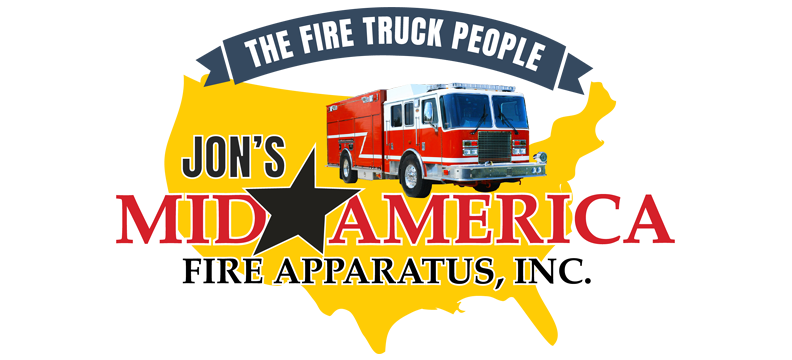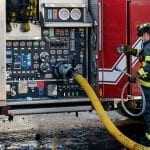Standard operating procedures (SOPs) are a part of our lives, whether we realize it or not. For example, think of changing your oil in your car. You wouldn’t just start with pouring oil into your vehicle. There are steps you need to follow in a specific order to accomplish the task at hand. Otherwise, you wouldn’t get the job done right.
When you’re out in the field, standard operating procedures work the same way. That way, when you’re dealing with a rescue, you know what guidelines to abide by to accomplish your job. Many departments may have SOPs in place but may not be using them properly, or they may not have SOPs in place at all.
If that is the case, let us help. Today, we’re going to go over the benefits of standard operating procedures.
Why do fire departments need standard operating procedures?
As we said before, standard operating procedures allow you to define your processes in a clear way that prevents people from “going rogue” and causing issues. If you need some extra convincing, we’ve listed some of the perks of standard operating procedures below.
Benefits of standard operating procedures
- Consistency. Issues quickly arise when you don’t hold everyone to the same standards. You may have a few veteran firefighters who don’t want to abide by the rules, and you may let them get away with it. What happens when someone gets hurt during an accident, and you have to explain why they weren’t following the recommended procedures? By adopting and abiding by standard operating procedures, you can ensure everyone is following the same rules.
- Congruence with values. When you’re making every decision off the cuff, there’s no guarantee that the decision is one that the department should be making. When you establish a SOP, you’re determining that these decisions are in line with the department’s values and vision. This way, you’ll never run the risk of making a decision that goes against the standards of the department.
- Reduced training time in future. When all of your processes are documented only by word of mouth, it can take some time to pass along all of the information one needs to know when starting. Establishing a standard operating procedure means you will have a physical and/or electronic document that outlines your processes, allowing your new firefighters to review them far quicker than if you had to explain it all vocally.
How do I establish a standard operating procedure for my fire department?
There are several reasons you may not have started to create or change your standard operating procedures. You may have believed that it would take too long, or that it would remove your ability to make decisions on your own. However, once you’ve started your process mapping, you’ll find that you’re saving more time than ever and you still have room to make individual choices. Once you have dispelled these concerns, you can
Steps to creating a standard operating procedure:
- Perform a needs assessment. Before you get started, take some time to sit down with your department and discuss their concerns. Are there certain procedures they feel are not well-defined? What could be done to make this process clearer? Go through a list of tasks you perform as a department and determine if there is an SOP in place or if the current SOP includes all of the details needed to complete the task.
- Begin developing your SOP. Once you’ve determined the types of standard operating procedures you need to create, you can get started developing your SOPs. Start by creating a list of all of the tasks you need to complete during your average month. Then, create lists of subtasks for each task, separating out the task into its separate elements. Once you’ve done this for every task, discuss with your department to ensure this matches up with your processes. Once everyone has signed off, your SOP is complete.
- Implement the SOP. When you have defined your processes, it’s time to start implementing. It may take some time to get used to, especially if you haven’t used SOPs in the past. Be understanding, but also enforce that this is the new policy. Over time, your department will grow to adopt the policies without having to be reminded.
- Evaluate over time. Your job isn’t done once the SOP is finished. Every six months to a year, you should be checking over the SOP to make sure that it is still applicable to your current processes. Remember that SOPs are not written in stone, and that you should be willing to make any changes if necessary. If you begin to notice that procedure is not being followed, it may be time to examine your processes again.
Is your department ready to find a new or used fire apparatus?
Contact Jon’s Mid America. Whatever you need, we’re here to help you find the apparatus that suits your department best.



